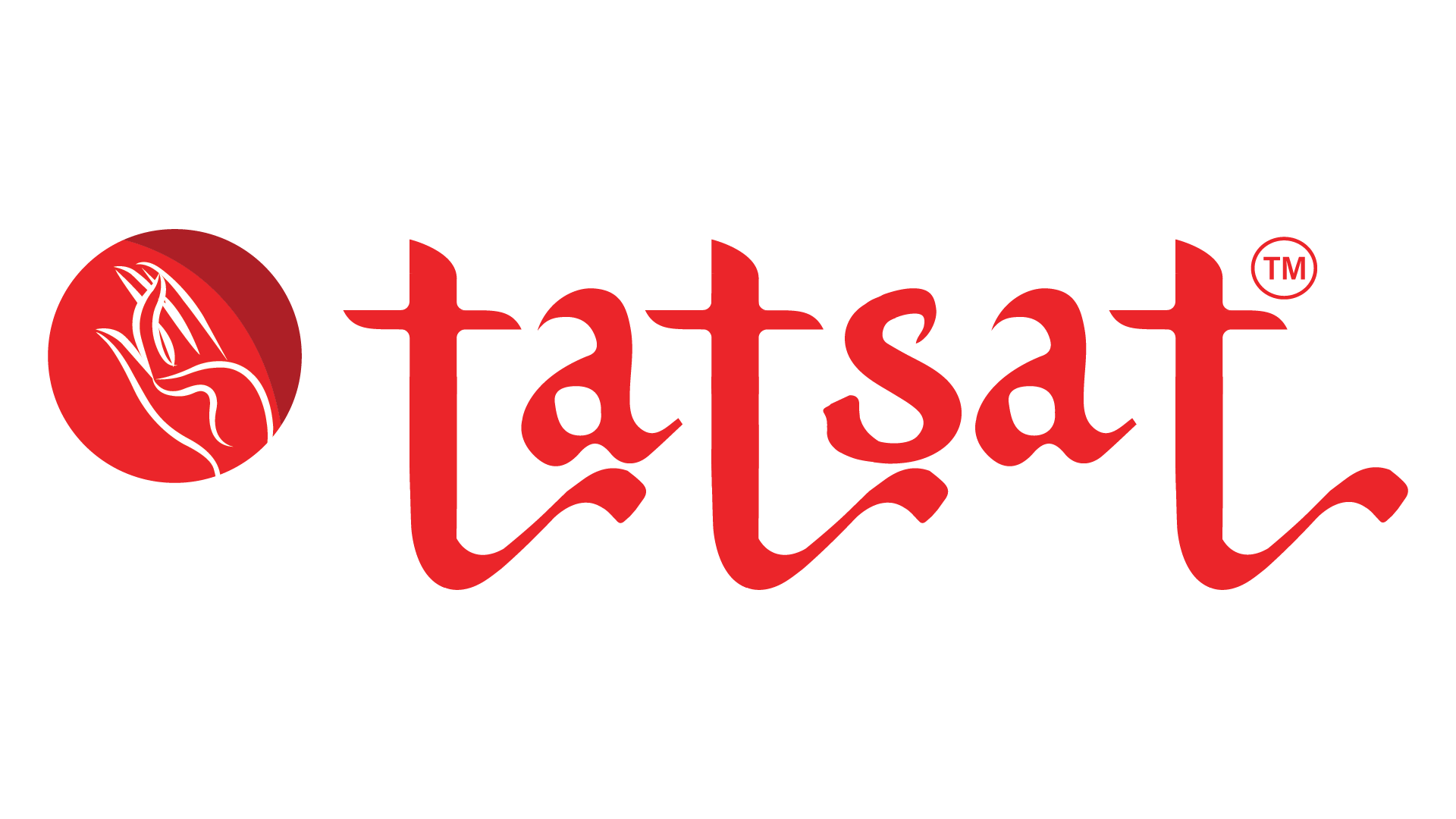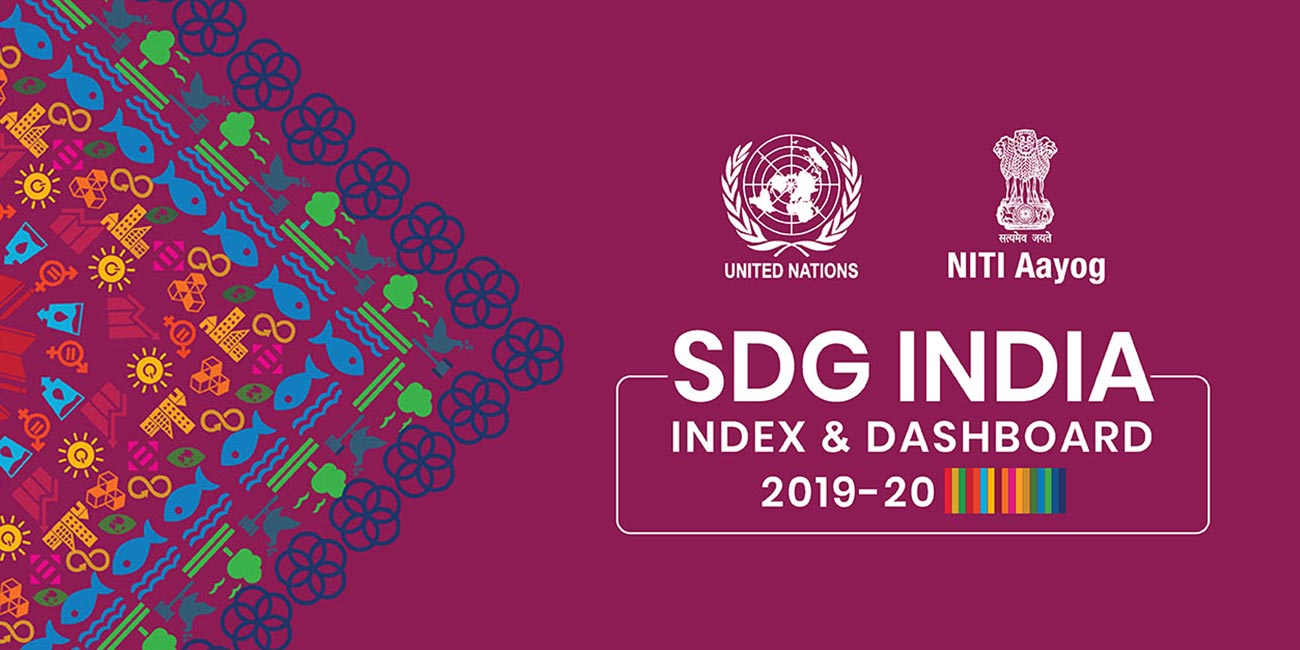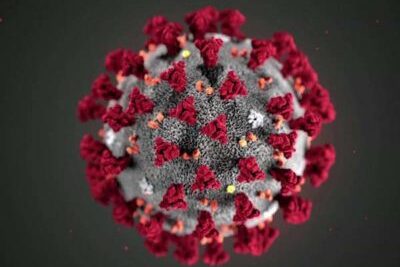C-section use has doubled since 2000
Research authors caution against overuse of the life-saving intervention that is not without risk for mother and child, and is associated with complications in future births.
The number of babies born in India through caesarean section doubled from 2005-6 to 2015-16, according to a series of three papers published in The Lancet journal, which also found that C-section use doubled worldwide since 2000.
According to The Lancet report, globally 21% births are delivered via C-section, higher than the level required for medical purposes (10-15%).Moreover, 60% of countries overuse C-sections, and 25% underuse the procedure, suggesting wide disparities in adherence to clinical recommendations. Within countries large differences in use of C-sections exist between the rich and poor, and between regions.
The authors call on healthcare professionals, hospitals, funders, women and families to only intervene with a C-section when it is medically required. While the life-saving surgery is still unavailable for many women and children in low-income countries and regions, the procedure is overused in many middle- and high-income settings, the report says.
There is emerging evidence that babies born via C-section have different hormonal, physical, bacterial and medical exposures during birth, which can subtly alter their health. While the long-term risks of this are not well-researched, the short-term effects include changes in immune development which can increase the risk of allergies and asthma and alter the bacteria in the gut.
The life-saving intervention for women and newborns should be used when complications occur, such as bleeding, foetal distress, hypertensive disease, and babies in abnormal position. The report warns that the surgery is not without risk for mother and child, and is associated with complications in future births.
The Series authors estimate that most countries used C-section above the recommended level (63%, 106/169 countries). In at least 15 countries C-section use exceeds 40%, including Brazil, Egypt and Turkey.
“Pregnancy and labour are normal processes, which occur safely in most cases. The large increases in C-section use – mostly in richer settings for non-medical purposes – are concerning because of the associated risks for women and children,” says Series lead Dr Marleen Temmerman, Aga Khan University, Kenya and Ghent University, Belgium.
“The delivery fees for physicians for undertaking C-sections and attending vaginal delivery should be the same [and] women should be informed properly on the benefits and risks,” the Study suggested.
C-section improves maternal, newborn and child survival when complications arise, and can also lower the risk of incontinence and prolapse.
However, there are risks associated with it for mothers and children, and there are no benefits of C-section in cases without a medical indication. In these instances, women and children can be harmed or die from the procedure, especially when there are not sufficient facilities, skills, and health care available.
Maternal death and disability is higher after C-section birth. In particular, C-sections have a more complicated recovery for the mother, and lead to scarring of the womb, which is associated with bleeding, abnormal development of the placenta, ectopic pregnancy, stillbirth and preterm birth in subsequent pregnancies. The authors say that it is important to note that these are small but serious risks, but each of these risks increases as a woman has more C-sections.




